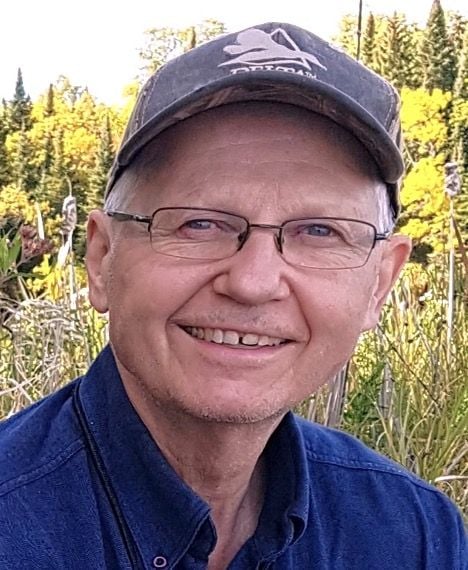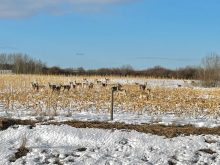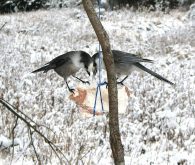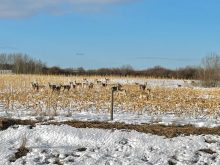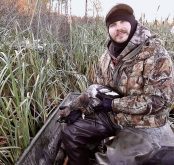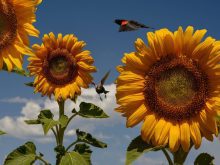It was the same every year. For 25 years, on one day at the end of June, my alarm would go off at 2:30 a.m. I’d slouch out of bed and hit the road to do my part for the North American Breeding Bird Survey (BBS).
My route was part of a network feeding numbers into a continental database that helps signal trends for about 500 bird species, many of which we would consider common, but which are showing signs of distress.
Why it matters: Grassland birds include some noted local species at risk in Manitoba.
Read Also
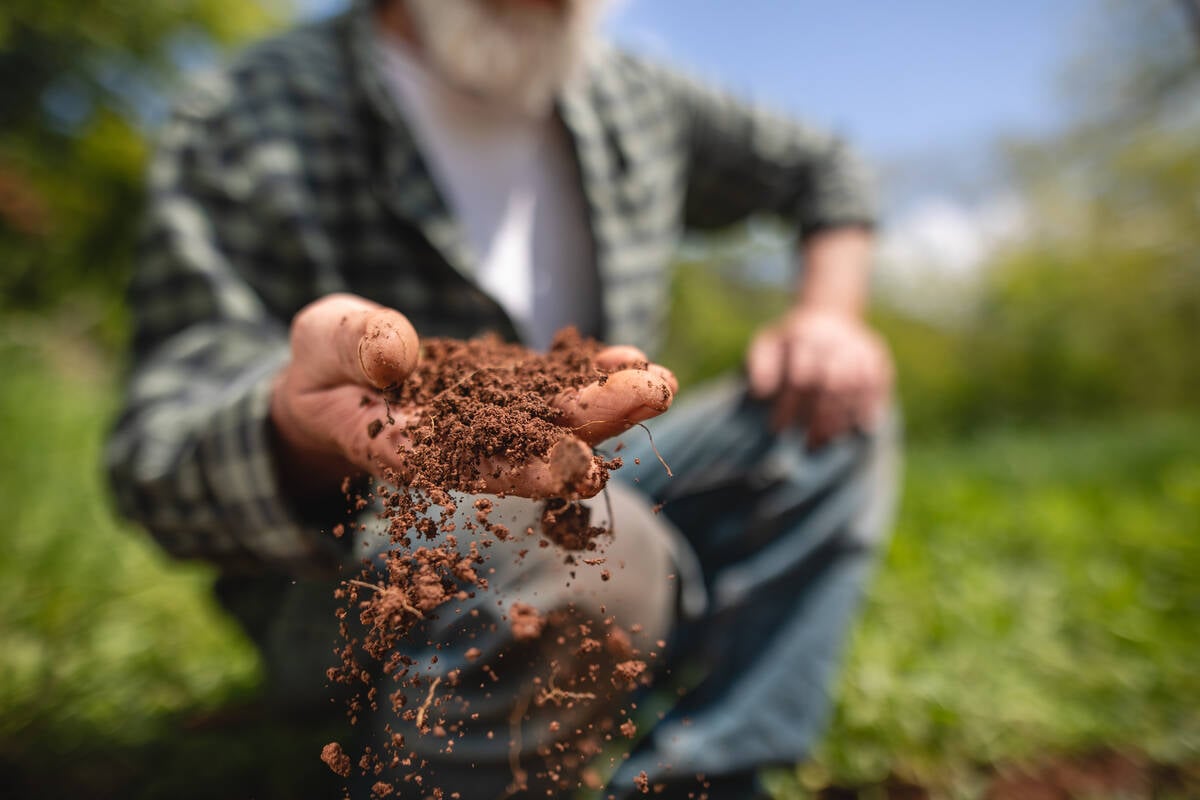
Finally getting paid for sustainable farming?
Alberta project says they might have a line on a workable ecosystem credit model to reward farmers for sustainability, and Manitoba might be next
Many bird surveys depend on volunteers — local initiatives focused on owls or sharp-tailed grouse and the international Christmas Bird Count come to mind — but the BBS is by far the most structured and widespread. It was conceived in the ‘60s by U.S. bird researcher Chandler Robbins, who was looking for a systematic way to assess the impact of large-scale environmental changes. Monitoring would have to span the continent and cover as many species as possible.
It was an audacious idea. There weren’t enough bird science folks to carry it out, so it would have to be supported by volunteers.
Standing up to more than a little skepticism, Robbins tested and settled on survey methods before the BBS was launched by the U.S. Geological Survey in 1966. The Canadian Wildlife Service signed on right away.

Provincial and territorial co-ordinators support the initiative every year, although two staff from Environment and Climate Change Canada (under whose umbrella the wildlife service falls) oversee it nationally. Those two people are Marie-Anne Hudson and Willow English. The two told me a dedicated corps of keen birdwatchers is critical to the project, as well as a structured, repeatable approach based on scientific survey principles that can be applied across North America year after year.
Today there are about 3,600 BBS routes found in road-accessible areas, including 600 in Canada and 51 in Manitoba. The growing BBS database is freely accessible, allowing researchers, conservation groups and interested citizens to generate reports on population trends at various scales. Over 800 research papers based on BBS data have been published to date.
BBS was a major data source for the massive State of Canada’s Birds report in 2019. It highlighted stark losses. Since 1970, aerial insectivores (swallows, swifts and nighthawks) declined by an estimated 59 per cent, grassland birds dropped by 57 per cent and shorebirds were down by 40 per cent.
A sobering continental assessment, also based on BBS data and published in the journal Science in 2019, estimated that North America had lost three billion birds since 1970.
“Without the BBS, we would not know how our continent’s birds are doing and we would not be positioned to take action,” Hudson told me. “It set off alarm bells for forest birds in the ‘90s, for grassland birds and for aerial insectivores, among others.”

Answering the call
I’ve always been a birdwatcher, although not so committed that a report of a rare bird will send me running to the car.
I got involved in the BBS through colleagues that ran routes and who thought participation would help upgrade my bird identification skills. The Manitoba co-ordinator at the time offered me a route near to Winnipeg and provided recordings of bird calls of species I might possibly encounter.
This was key. Most of our bird encounters are by ear, not by sight.
I played that tape religiously, often listening during family trips to the cottage. The soundscape of those trips included lovely warbles and trills, chirps, squawks and groans from my kids. I fought to become proficient against a chorus of, “Dad, please turn that off!”
On the day, I was sent off with my tape of bird calls, instruction sheets, survey route and stops, data sheets and a hearty pat on the back.

I was saved the first year by one friend, an experienced bird biologist, who tagged along and showed me the ropes.
Every route has 50 predetermined stops at roughly half-mile intervals. At each, you get out of the car and do a point count: stay still, watch and listen for three minutes, recording species and their numbers. The recommended survey period (late May and June in Manitoba) meshes with the breeding period for most species.
I got more comfortable going solo after that first year, but still ended up listening to that infernal tape.
New birding apps include call identification, where it’s as simple as turning on the function and holding up the phone. It is not always totally accurate. Then again, neither is the human ear.
That technology is something of a challenge for BBS, which must keep the same survey methods to preserve the consistency of six decades of data collecting. For those who aren’t running a BBS route though, these apps are an amazing resource to have on hand.
Fun with BBS
I can’t say that I’ve enjoyed running my BBS route. I was always worried about getting the calls right, sticking to protocols and hoping I don’t look too suspicious standing on the road with binoculars at 5:00 a.m.
My favourite stop was the last one, where a sense of satisfaction and belonging settled in.
On one occasion, a man was walking down his lane nearby when I pulled up for my designated stop. When I explained what I was doing, he didn’t really buy it and maintained that we should have made everyone aware of what we were doing beforehand.
For the record, volunteers are never supposed to take a step on private land. We just stand on the side of the public road, looking out of place as we do our work.
Most of my encounters, however, were pleasant. They usually started with folks slowing down to ask if all was well, and when I explained what I was up to, we often chatted about birds or crops or other small talk, but I could see a bit of bafflement that never really left their faces.

Changing times
Watching a patch of rural Manitoba for a quarter century reminded me that nothing stays the same. Two housing developments on former farm fields were just getting going when I started. Now they’re lush with trees, shrubs and manicured lawns.
Robins love those. So do house wrens, goldfinches and a few yellow warblers.
Soybeans were a novelty when I started. Now, soybeans and canola are two of the three most popular crops in the province, which has implications for some ground-nesting birds. Horned larks, an iconic Prairie bird, declined significantly on my route over the years.
Swallows are common, but my later observations echoed their sharp continental decline.
One theory getting attention is that climate change is putting the birds out of sync with the insect populations they depend on. That theory suggests that insect numbers are now peaking and fading earlier, but nesting times do not shift nearly as fast, meaning less food for chicks and thus fewer survivors. Extreme weather events may also be a factor.
Leaving the survey
My reporting contribution to the BBS is now at an end. I’ve had to accept that my hearing loss, while not a big deal in daily life, was affecting my BBS results. Hearing aids helped, but that still wasn’t enough. I eventually found a young habitat conservation professional to take over for me.
She joined me for my last BBS run last year. Survey conditions were perfect; we saw a rare red-headed woodpecker and I ended the day knowing the route is in good hands.
So this year if you spot someone on a back road one morning, binoculars and clipboard in hand and maybe looking a little bleary-eyed, remember that they are harmless. They’re putting their love of feathered critters to the service of monitoring the health of North American birds. I’d like to think that their efforts are meaningful to all of us, at least a little.

